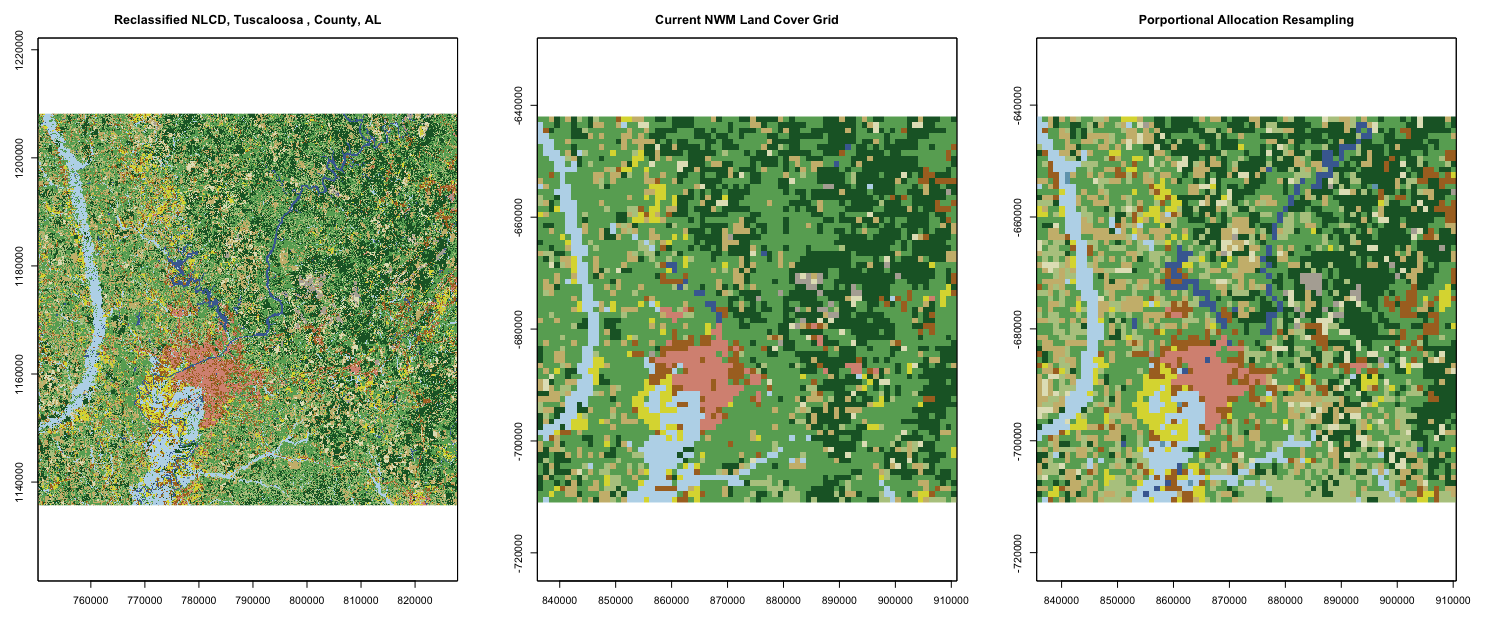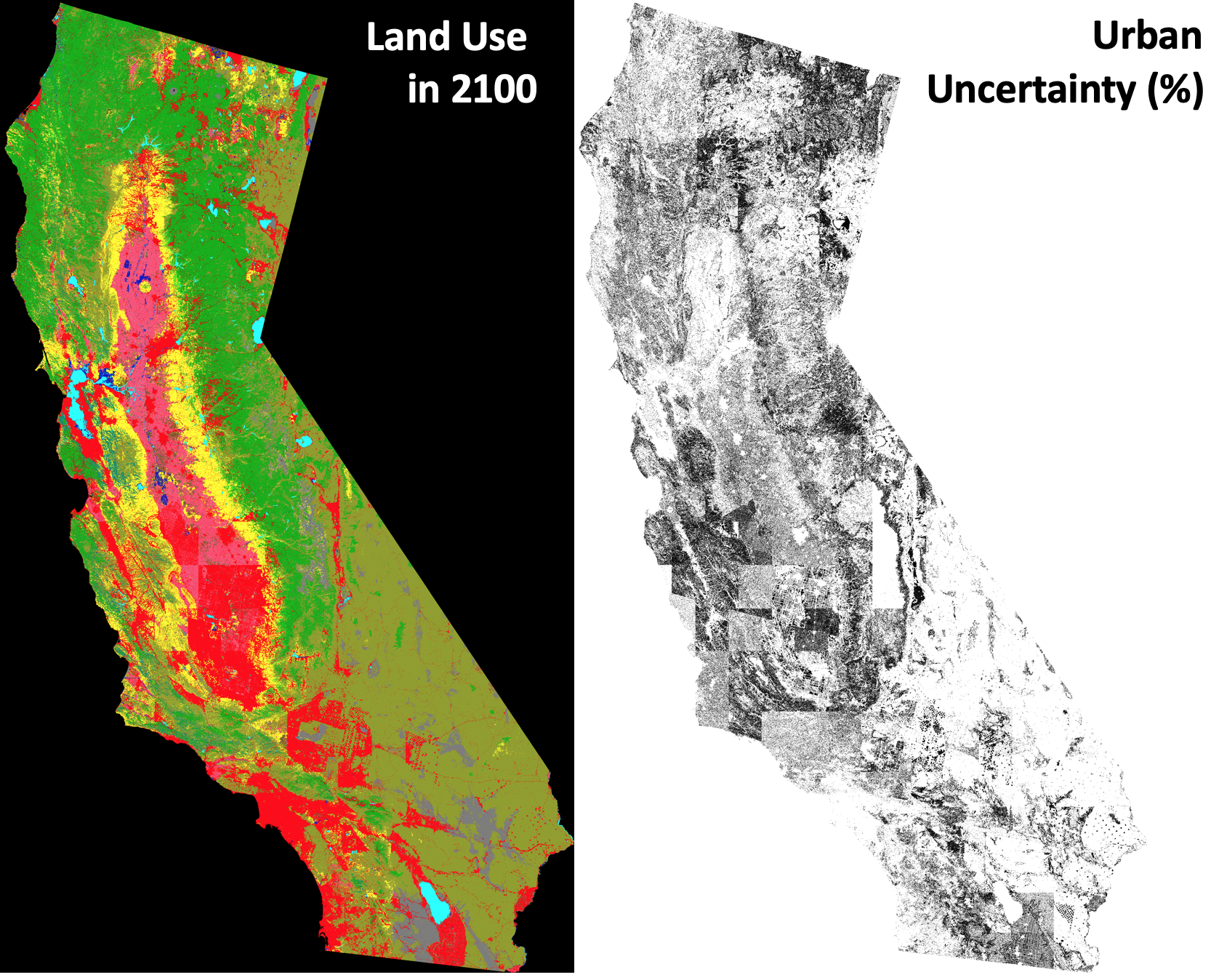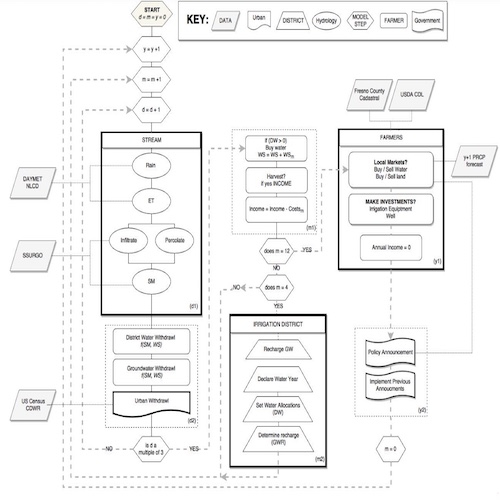Software. Toolchains for reproducable research.
I write scientific software to facilitate reproducible and scalable data workflows. These packages are based on defining programmatic spatial boundaries that can interface with modeled (e.g. PRISM, gridMET), observation (e.g. NOAA, USGS) and referenced geospatial resources (e.g. NHD, NLCD) to download requisite data in consistent, aligned, formats. The goal is to remove the friction associated with data preparation, allow for iterative data analysis over user defined regions, and simplify reproducible science in the era of big data. Package development is an ongoing effort based on community interactions and my own needs. Feel free to reach out via GitHub for any requests.




